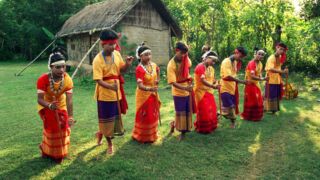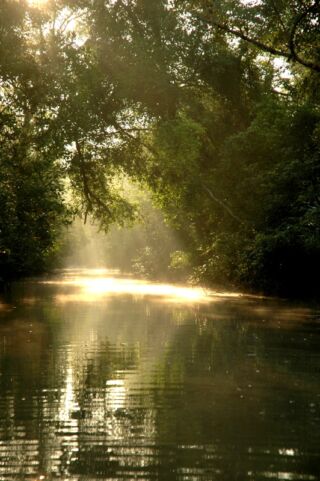
The Sundarbans is a vast area of mangrove forest located in the delta region of the Ganges, Brahmaputra, and Meghna rivers in the Bay of Bengal. It is shared by India and Bangladesh, and is the largest contiguous mangrove forest in the world. The Sundarbans is a UNESCO World Heritage Site and a Ramsar Wetland of International Importance.
The Sundarbans covers an area of about 10,000 square kilometers, of which approximately 60% is located in Bangladesh and the remaining 40% in India. The area is home to over 4 million people who depend on the natural resources of the forest for their livelihoods. The Sundarbans is also home to a diverse range of flora and fauna, including the Bengal tiger, saltwater crocodile, and Indian python.
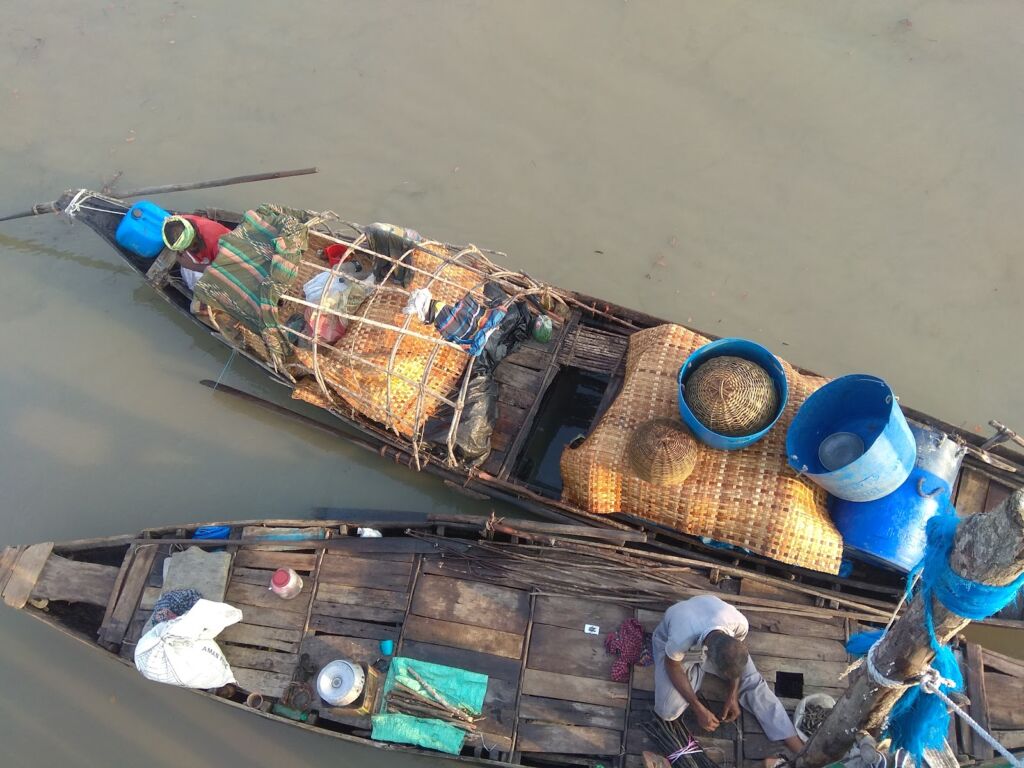
The Sundarbans is known for its unique ecosystem, which is characterized by the presence of mangrove forests, estuaries, mudflats, and tidal creeks. The forest is also an important breeding ground for many species of fish and shellfish, which support the local fishing industry.
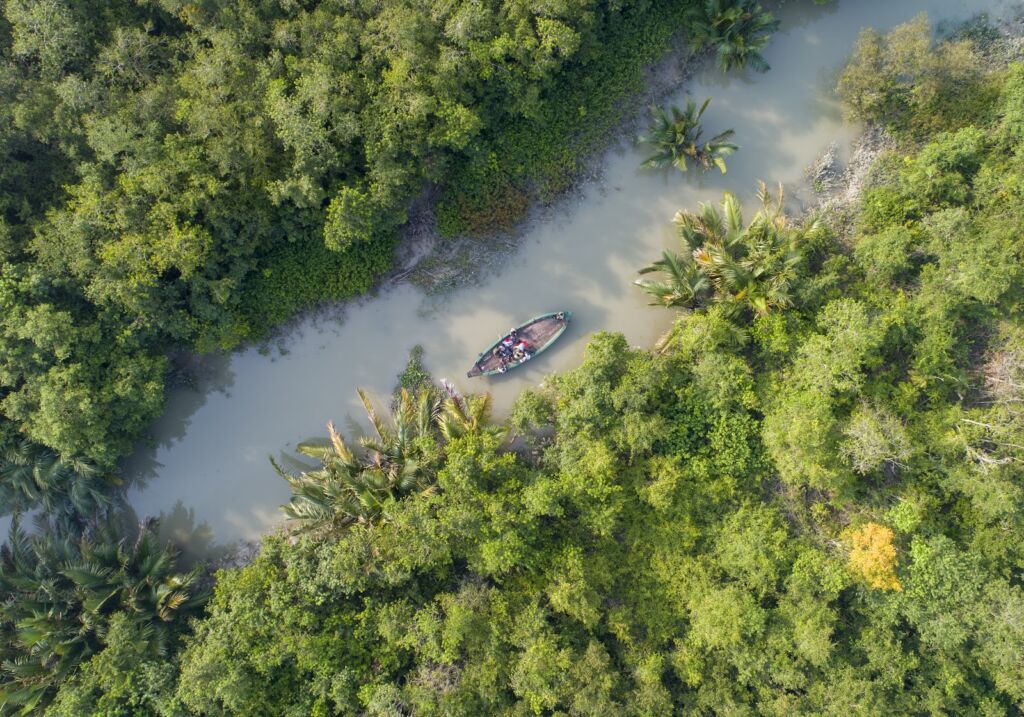
The Bengal tiger is perhaps the most famous resident of the Sundarbans. It is estimated that there are around 100 tigers in the Bangladesh part of the forest, and around 70 in the Indian part. The Sundarbans is also home to several other endangered species, including the saltwater crocodile, the Indian python, and the river terrapin.
The Sundarbans is an important source of natural resources for the local population. The forest provides timber, honey, wax, and medicinal plants. The area is also an important fishing ground, with several species of fish and shellfish caught in the estuaries and creeks.
Despite its importance, the Sundarbans is facing a range of threats. Climate change is causing sea levels to rise, which is leading to saltwater intrusion into the forest. This is causing damage to the mangrove ecosystem, and is also threatening the livelihoods of the local population. Illegal logging, poaching, and the construction of dams and other infrastructure projects are also contributing to the degradation of the forest.
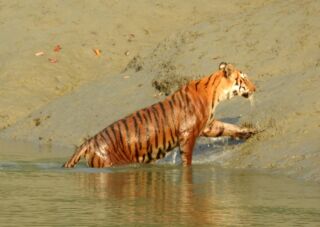
Efforts are underway to protect the Sundarbans and its unique ecosystem. The governments of India and Bangladesh have established several protected areas within the forest, and are working to reduce illegal activities such as poaching and logging. There are also several community-based conservation initiatives that aim to promote sustainable use of the forest’s resources and to involve local people in conservation efforts.
Overall, the Sundarbans is a unique and important ecosystem that is facing a range of threats. It is essential that efforts are made to protect the forest and its inhabitants, and to promote sustainable use of its resources for the benefit of the local population and the wider ecosystem.
Tour Package Sundarbans River Cruise: 2 nights 3 days
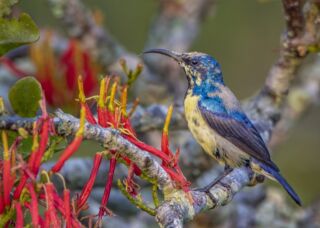
There is no better way to witness the true beauty of the Sundarbans’ magnificent mangrove forest than by river cruise. With our tour you’ll go on an unforgettable journey that will transport you to another world.
Our boat has a comfortable seating area which provides a comfortable spot to take in the fresh air, enjoy a cold drink and snacks. The bedrooms have large windows for the sunlight to enter the rooms. Mornings on the boat are just fantastic and will you feel completely serene and tranquil.
The best time to visit The Sundarbans is from mid-November to mid-February. During this period, you’ll witness gorgeous fog and migratory birds in the mornings for a few hours, followed by sunny and warm days. At night, the clear sky offers a breathtaking view of the stars.
Included in the Sundarbans tour:
– Accommodation at the ship
– All meals as per itinerary
– Permits
– Activities as described
Day 1: Khulna – Mongla – Kotka
Meeting at the jetty in Khulna and take off near 8 am, cruising to Mongla, the gateway of the Sundarbans. After lunch we’ll have a trek in the mangroves. We’ll also go into a wooden boat deeper into the mangrove forest in search of wild animals, who come out in the late afternoon – early evening. Be on the lookout for crocodiles, snakes, deer and more. Enjoy the sounds of the birds while floating over the tranquil waters. Overnight on the boat.
Day 2: Jamotola Forest – Kotka
Explore Jamotola Forest and Jamotola Beach today, after which we’ll dive deeper into the mangrove and visit Kotka wildlife sanctuary where we’ll look for more animals. Overnight on the boat.
Day 3: Return to Khulna
Breakfast on the boat while you enjoy the forest and the sounds of the mangrove and the birds. We’ll visit Karamjol Wildlife Center afterwards and in the late afternoon we’ll be back in Khulna, where we’ll have dinner and check in at the hotel. End of tour.
Included:
– Three nights of accommodation (2 on the boat, one in 1 Khulna)
– Permits
– All activities as per itinerary
– All meals
– Guiding


